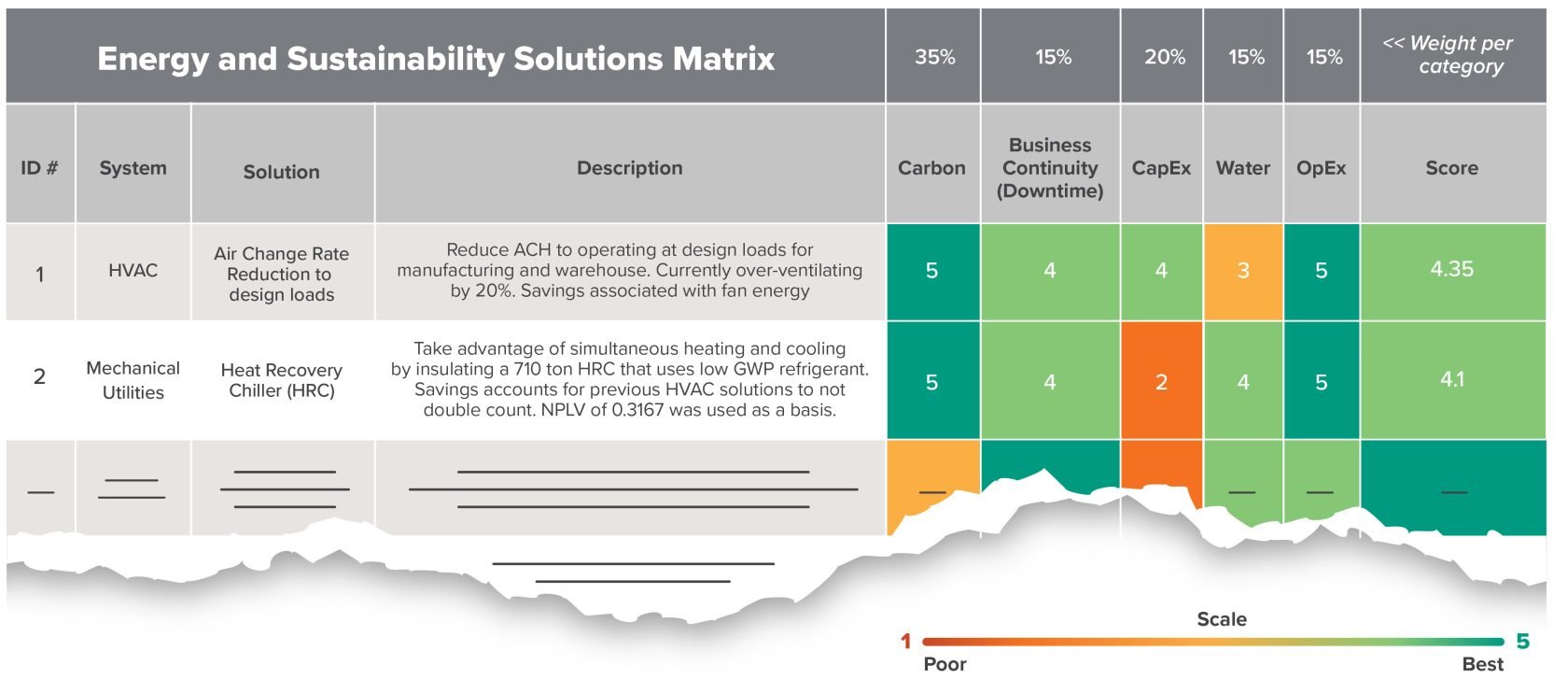5. Develop timeline and milestones
Informed by the analyses of the energy and sustainability solution measures, CRB develops a recommended project list and a step-wise implementation approach to meet and exceed the goals by the target year. Our team takes into account shutdown schedules, site resource availability, existing capital plans, and more.
Detailed timelines allow facilities to plan for sustainability projects within existing planned shutdowns and schedule projects around times when existing, energy-intensive equipment needs to be replaced. This includes a plan for when equipment fails, so you’re not replacing it in kind but rather with the best available technology to meet your long-term goals. Alternatively, a recently installed piece of equipment is low on the priority list for replacement, allowing the site to realize its full value before replacing it with a green alternative.
Achieving zero carbon can require significant capital investment to meet the acceleration of zero carbon goals and the immediacy of the global health crisis of climate change. To maximize efficient use of capital funds, the timeline for the roadmap is informed by the equipment assessment so that each recommended project in the roadmap is tied to an implementation schedule determined by the remaining useful life, observed condition, and importance of each piece of existing equipment. With equipment remaining useful life considerations and understanding capital plans already in place for updating equipment, zero carbon plans can be implemented while minimizing the associated marginal cost. Significant expense is incurred when recently installed equipment is replaced to reduce carbon emissions; this makes it critical to ensure all future investments align with zero carbon goals.








